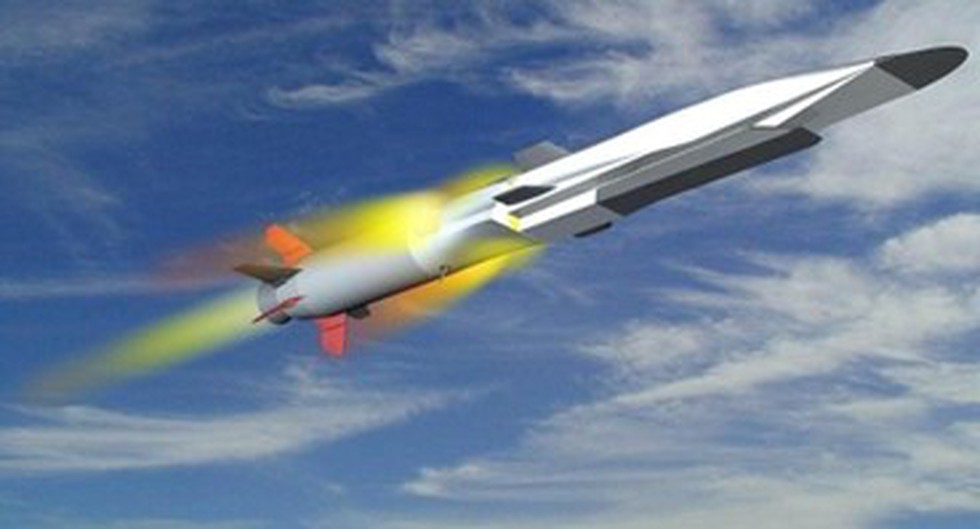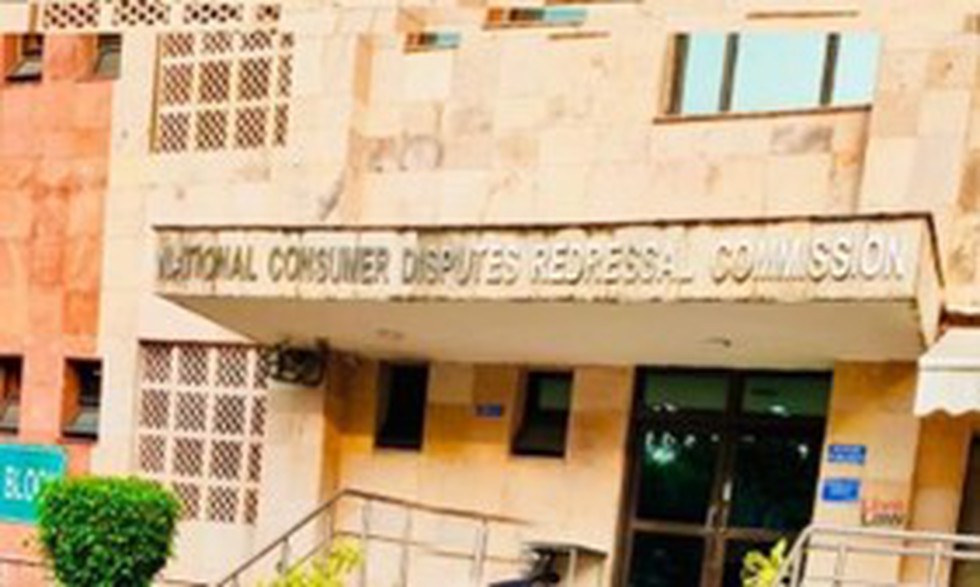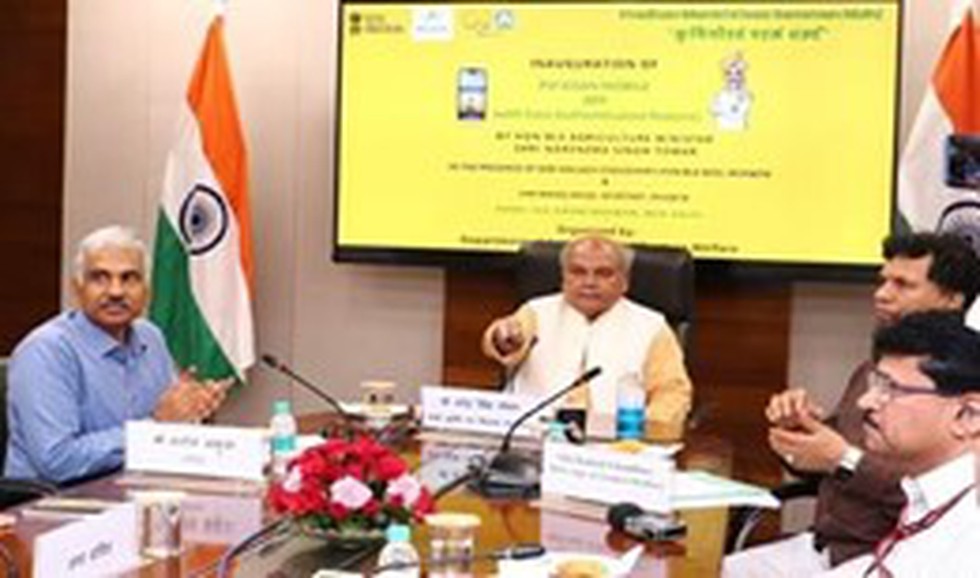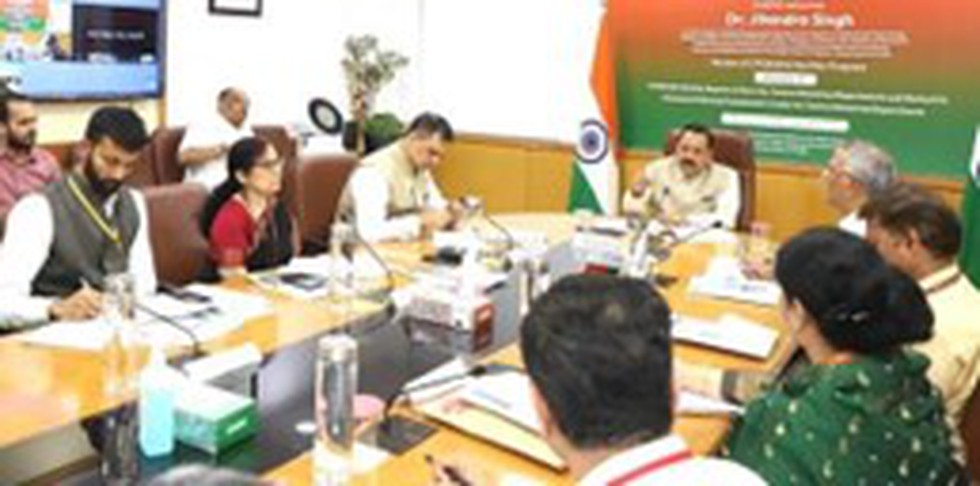
About Zircon Missile:
- The 3M22 Zircon, or the SS-N-33, is a manoeuvring anti-ship hypersonic cruise missile developed in Russia.
- It can reach speeds of over 9,500 kilometres per hour (6,000 miles per hour), around nine times faster than the speed of sound.
- It’s a two-stage missile that uses solid fuel in the first stage and a scramjet motor in the second stage.
- It can accurately pinpoint targets at a range of more than 1,000 kilometres (620 miles).
- Guidance System: Active and Passive Radar Seeker.
What is a hypersonic cruise missile?
- It is a type of missile that is designed to travel at extremely high speeds, typically over Mach 5 (5 times the speed of sound).
- They are powered by rocket engines and are typically equipped with guidance systems to help them navigate to their targets.
- They can manoeuvre mid-flight, making them harder to track and intercept.

About Pink Bollworm:
- It is one of the most destructive pests of cotton.
- Scientific name: Pectinophora gossypiella
- Distribution: Originally native to India, it is now recorded in nearly all the cotton-growing countries of the world.
- Description:
- The adults are small moths about 3/8 inch long and are dark brownwith markings on the fore wing.
- The larval stage is the destructive and identifiable stage.
- The larvae have distinctive pink bands and can reach a length of ½ inches right before they pupate.
- Ecological Threat:
- Pink bollworms are major pests of cotton.
- Adults only last for 2 weeks, but females will lay 200 or more eggs.
- Adults lay eggs on cotton bolls; once hatched, the larvae eat the seeds and damage the fibres of the cotton, reducing the yield and quality.
- When the larvae mature, they cut out the boll and drop to the ground and cocoon near the soil surface.
- It has also been observed to attack hibiscus, okra, and hollyhock plants.

About Ratapani Wildlife Sanctuary:
- Location:
- It stretches across 823 sq. km in the Raisen and Sehore districts of Madhya Pradesh.
- This rocky forest with an aquatic environment is spread on Vindhya hills.
- It runs parallel to the northern side of the Narmada River. Kolar River forms the western boundary of the Sanctuary.
- The sanctuary was first notified in 1976 and then extended in 1983. In the year 2008, it was declared as a Tiger Reserve.
- The Sanctuary has Bhimbetika, "a group of rock shelters and rock paintings," which is one of the '' World Heritage Sites'' declared by UNESCO.
- Landscape: It is rugged with hills, valleys, plateaus, and plains.
- Flora:
- The forest of this Sanctuary is of dry deciduous and moist deciduous types.
- About 55% of the area is covered by teak. The remaining mixed forests consist of various dry deciduous species.
- Fauna:
- The regal striped cat is the apex predator, and estimates suggest that 40 tigers roam these forests.
- Chinkara' an endangered species, is also found in the Sanctuary.
- It is also home to animals like Panther, Hyena, Jackal, Indian Fox, Wild Dog, Jungle Cat, Small Indian Civet, Blue Bull, Chinkara, Black Buck, Chausingha, Spotted Deer, Barking Deer etc.

About Nano Urea:
- It is a nanotechnology-based revolutionary Agri-input that provides nitrogen to plants.
- It is developed and patented by the Indian Farmers Fertiliser Cooperative Limited (IFFCO).
- IFFCO Nano Urea is the only nano fertiliser approved by the Government of India and included in the Fertilizer Control Order (FCO).
- Features:
- Compared to conventional urea prill, Nano Urea has a desirable particle size of about 20-50 nm and more surface area (10,000 times over 1 mm urea prill) and the number of particles (55,000 nitrogen particles over 1 mm urea prill).
- It contains 4.0 % total nitrogen (w/v).
- Benefits:
- It is produced by an energy-efficient, environment-friendly production process with less carbon footprints.
- Increased availability to crop by more than 80%,resulting in higher nutrient use efficiency.
- It is expected to improve crop productivity, soil health, and nutritional quality of produce and address the "imbalanced and excessive use" of conventional fertiliser.
Indian Farmers Fertiliser Cooperative Limited (IFFCO):
- It is India’s largest multi-state cooperative society that is entirely owned by Indian cooperatives.
- IFFCO is primarily engaged in the production and distribution of fertilisers.
- Headquarters: New Delhi, India.

About Territorial waters:
- What is it? Territorial waters, under the United Nations Convention on the Law of the Sea (UNCLOS), is that area of the sea immediately adjacent to the shores of a country and subject to the territorial jurisdiction of that country.
- Extend: The territorial sea extends to a limit of 12 nautical miles from the baseline of a country’s coast.
- Importance of Territorial waters:
- Within its territorial waters, a country exercises full sovereignty over the air space above the sea and over the seabed and subsoil.
- The government can legislate on matters concerning the safety of navigation, the preservation of the environment, and the prevention, reduction, and control of pollution within its territorial waters.
- Resource use within the territorial sea is strictly reserved for the coastal nation.
- All countries have the right of innocent passage(a passage that is not prejudicial to the security of the coastal country) through the territorial sea of another country. However, there is no right to innocent air space passage.
- The right of innocent passage does not apply to submerged submarines, nor does it include a right to fish.
United Nations Convention on the Law of the Sea (UNCLOS):
- The UNCLOS, also known as the Law of the Sea, was adopted in 1982.
- It lays down a comprehensive regime of law and order in the world's oceans and seas, establishing rules governing all uses of the oceans and their resources.
- There are many provisions under UNCLOS which regulate and control the functioning and claims of nations on the world’s oceans and seas.
- The convention was ratified by 168 parties, which included 167 states and the European Union.
- India is a state party to the UNCLOS.
- UNCLOS, as the currently prevailing law of the sea, is ultimately binding.
What is an Exclusive Economic Zone?
- Exclusive economic zone (EEZ), as defined under the UNCLOS, is an area of the ocean extending up to 200 nautical miles (370 km) immediately offshore from a country’s land coast in which that country retains exclusive rights to the exploration and exploitation of natural resources.

About Global Liveability Index 2023:
- The index quantifies the challenges presented to an individual’s lifestyle in 173 cities worldwide.
- It was given considering five metrics: healthcare, culture, environment, education, and stability.
- This ranking offers insights into the cities that excel in providing an exceptional quality of life.
Key highlights of the report
- Top cities to live: Vienna (Austria), Copenhagen (Denmark), Melbourne and Sydney (Australia)
- Bottom 3 Liveable cities: Algiers (Algeria), Tripoli (Libya) and Damascus (Syria)
- From Asia, Japan’s Osaka was ranked number 10 in the rankings.
- The index rose last year to reach a 15-year high as the world recovered from the pandemic.
- The average index score is now 76.2 out of 100, up from 73.2 a year ago.
- Despite overall growth in the index score, stability saw a marginal decline.
- Those in Western Europe, in particular, have slipped in rankings due to increased instances of workers’ strikes failing to “match gains” made by cities in Asia and the Middle East.
- The cities which are plagued by ongoing civil unrest and military conflicts, amongst other issues, remained at the bottom of the list.

Jeera (Cumin) cultivation
- It is an aromatic seed that adds an extra punch of taste to Indian dishes.
- It is believed that Jeera is native to the Mediterranean region, and it was well-known in Ancient Egypt, Greece, and Rome.
- Its oil is reported to have antibacterial activity and is also used in veterinary medicines and various other industries.
- Climatic condition required
- It grows well in both tropical and sub-tropical climates, and it comes up well in all types of soils, but well-drained sandy loam soils are best suited.
- It is a highly weather-sensitive crop.
- It requires a moderately cool and dry climate without any humidity.
- It is a Rabi crop and is cultivated mainly in Gujarat and Rajasthan.
- It is sown from October to November and harvested in February and March.
Major producers of Jeera
- India accounts for some 70% of the world’s production of this seed spice.
- Other countries such as Syria, Turkey, UAE and Iran make up the balance 30%.

About National Consumer Disputes Redressal Commission:
- It is a quasi-judicial commission in India which was set up in 1988 under the Consumer Protection Act of 1986.
- Its head office is in New Delhi.
- The Commission is headed by a sitting or a retired Judge of the Supreme Court of India or a sitting or retired Chief Justice of the High Court.
- The Act mandates the establishment of Consumer Protection Councils at the Centre as well as in each State and District to promote consumer awareness.
- The Central Council is headed by the Minister In-charge of the Department of Consumer Affairs in the Central Government, and the State Councils by the Minister In-charge of Consumer Affairs in the State Governments.
- It also provides for a 3-tier structure of the National Commission, the State Commissions and the District Commissions for speedy resolution of consumer disputes.
What is in-vitro fertilisation (IVF)?
- It is a type of assisted reproductive technology (ART) where sperm and an egg are fertilised outside of the human body.
- It is a complex process that involves retrieving eggs from ovaries and manually combining them with sperm in a lab for fertilisation.
- Several days after fertilisation, the fertilised egg (now called an embryo) is placed inside a uterus. Pregnancy occurs when this embryo implants itself into the uterine wall.

PM KISAN App:
- The newly launched application has the feature of face Authentication.
- From this app, farmers can complete e-KYC remotely, sitting at home easily by scanning their face without OTP or fingerprint.
- The app was designed and developed by the National Informatics Centre in collaboration with the Ministry of Electronics and Information Technology.
Key facts about PM Kisan Samman Nidhi (PM-KISAN)
- It is a Central Sector scheme with 100% funding from the Government of India.
- Objective: The scheme aims to supplement the financial needs of the farmers in procuring various inputs to ensure proper crop health and appropriate yields commensurate with the anticipated farm income.
- Benefits and Eligibility Conditions:
- Under the scheme, an income support of 6,000/- per year in three equal instalments will be provided to all land-holding farmer families.
- The definition of family for the scheme is husband, wife and minor children.
- State Government and UT administration will identify the farmer families which are eligible for support as per scheme guidelines.
- The fund will be directly transferred to the bank accounts of the beneficiaries.
- The following categories of beneficiaries shall not be eligible for benefits under the scheme:
- All Institutional Landholders.
- Farmer families which belong to one or more of the following categories:
- Former and present holders of constitutional posts.
- Former and present Ministers/ State Ministers and former/present Members of Lok Sabha/ Rajya Sabha/ State Legislative Assemblies/ State Legislative Councils, former and present Mayors of Municipal Corporations, former and present Chairpersons of District Panchayats.
- All superannuated/retired pensioners whose monthly pension is Rs.10,000/-or more (Excluding Multi-Tasking Staff / Class IV/Group D employees) of the above category
- All Persons who paid Income Tax in the last assessment year
- Professionals like Doctors, Engineers, Lawyers, Chartered Accountants, and Architects are registered with Professional bodies and carry out their profession by undertaking practices.

About Grievance Redressal Assessment and Index (GRAI) 2022:
- It was conceptualised and designed by the Department of Administrative Reforms and Public Grievances (DARPG), Govt. of India.
- Objective: To present an organisation-wise comparative picture and provide valuable insights about strengths and areas of improvement regarding the grievance redressal mechanism.
- Eighty-nine Central Ministries and Departments were assessed and ranked based on a comprehensive index in the dimensions of (1) Efficiency, (2) Feedback, (3) Domain and (4) Organisational Commitment and corresponding 12 indicators.
- To compute the index, data between January and December 2022 was used from the Centralised Public Grievance Redressal and Management System (CPGRAMS).
Key facts about CPGRAMS
- It is an online platform available to the citizens 24x7 to lodge their grievances to the public authorities on any subject related to service delivery.
- It is a single portal connected to all the Ministries/Departments of the Government of India and States.
- Every Ministry and State have role-based access to this system.
- It is also accessible to the citizens through a standalone mobile application.


.png)
.png)
.png)
























































































































































.png)
.png)
.png)
.png)
.png)


.png)
.png)
.png)





.png)
.png)






.png)
.png)
.png)
.png)
.png)
.png)
.png)
.png)
.png)

.png)







.png)
.png)


.png)
.png)
.png)


.png)

.png)
.png)





.jpg)

.png)
.png)


.png)

.png)
.png)
.png)

.jpg)

.jpg)


.png)

.png)
.png)
.png)
.png)
.png)
.png)
.png)
.png)
.png)
.png)




.png)

.png)





.png)
.png)
.png)
.png)
.png)
.png)
.png)
.png)
.png)
.png)
.jpg)
.jpg)

.png)
.png)
.png)
.png)
.png)
.png)
.png)
.png)
.png)
.png)
.png)
.png)
.png)
.png)
.png)
.png)
.png)
.png)
.png)



.png)
.png)

.jpg)
.jpg)


.jpg)
.jpg)
.jpg)
.jpg)
.jpg)

.jpg)








.jpg)
.jpg)
.jpg)
.jpg)
.jpg)

















.jpg)
.jpg)







.jpg)


















.jpg)
.jpg)






























































































.jpg)
.jpg)


























.jpg)

.jpg)










.jpg)








.jpg)




.jpg)










.jpg)


















.jpg)












































.jpg)














.jpg)
.jpg)
.jpg)





.jpg)

.jpg)
.jpg)





































































.jpg)


































.jpg)
.jpg)
















































.jpg)












.jpg)


.jpg)




.jpg)
.jpg)
.jpg)

.jpg)
.jpg)
.jpg)
.jpg)

.jpg)
.jpg)
.jpg)

.jpg)
.jpg)
.jpg)
.jpg)
.jpg)
.jpg)
.jpg)
.jpg)

.jpg)


.jpg)
.jpg)
.jpg)
.jpg)
.jpg)
.jpg)
.jpg)
.jpg)
.jpg)
.jpg)











.jpg)
.jpg)





.jpg)
.jpg)
.jpg)
























.jpg)
























.jpg)









.jpg)
.jpg)







.jpg)
.jpg)









































.jpg)
.jpg)
.jpg)
.jpg)
.jpg)

.jpg)
.jpg)
.jpg)
.jpg)
.jpg)


.jpg)
.jpg)
.jpg)
.jpg)
.jpg)

.jpg)
.jpg)
.jpg)
.jpg)
.jpg)
.jpg)
.jpg)
.jpg)
.jpg)
.jpg)
.png)

.png)
.png)

.png)
.png)
.png)
.png)


.jpg)
.jpg)

.jpg)
.jpg)
.jpg)

.png)
.png)
.png)
.png)
.png)
.png)
.png)

.png)
.png)
.png)
.png)
.png)
.png)
.png)
.png)
.png)
.png)





































































-min.png)



.png)




.png)








































